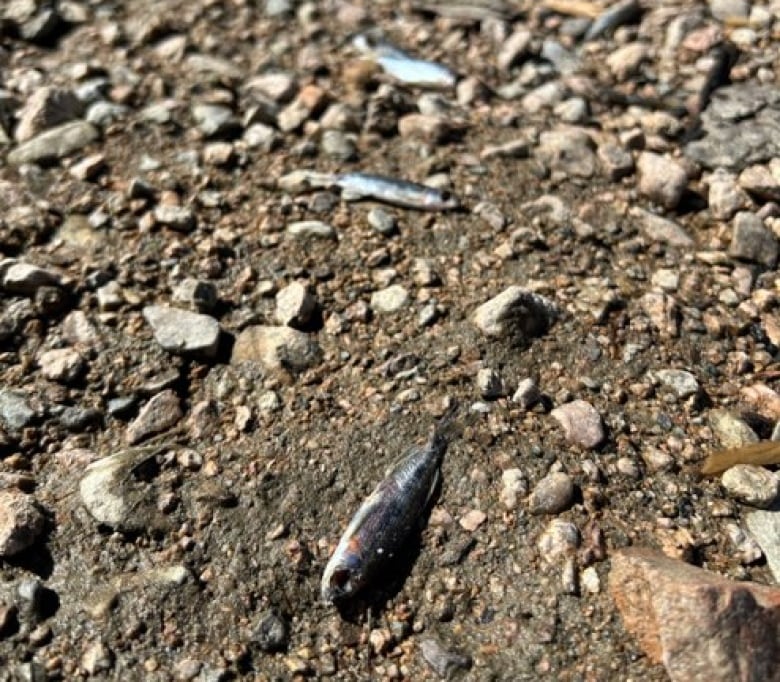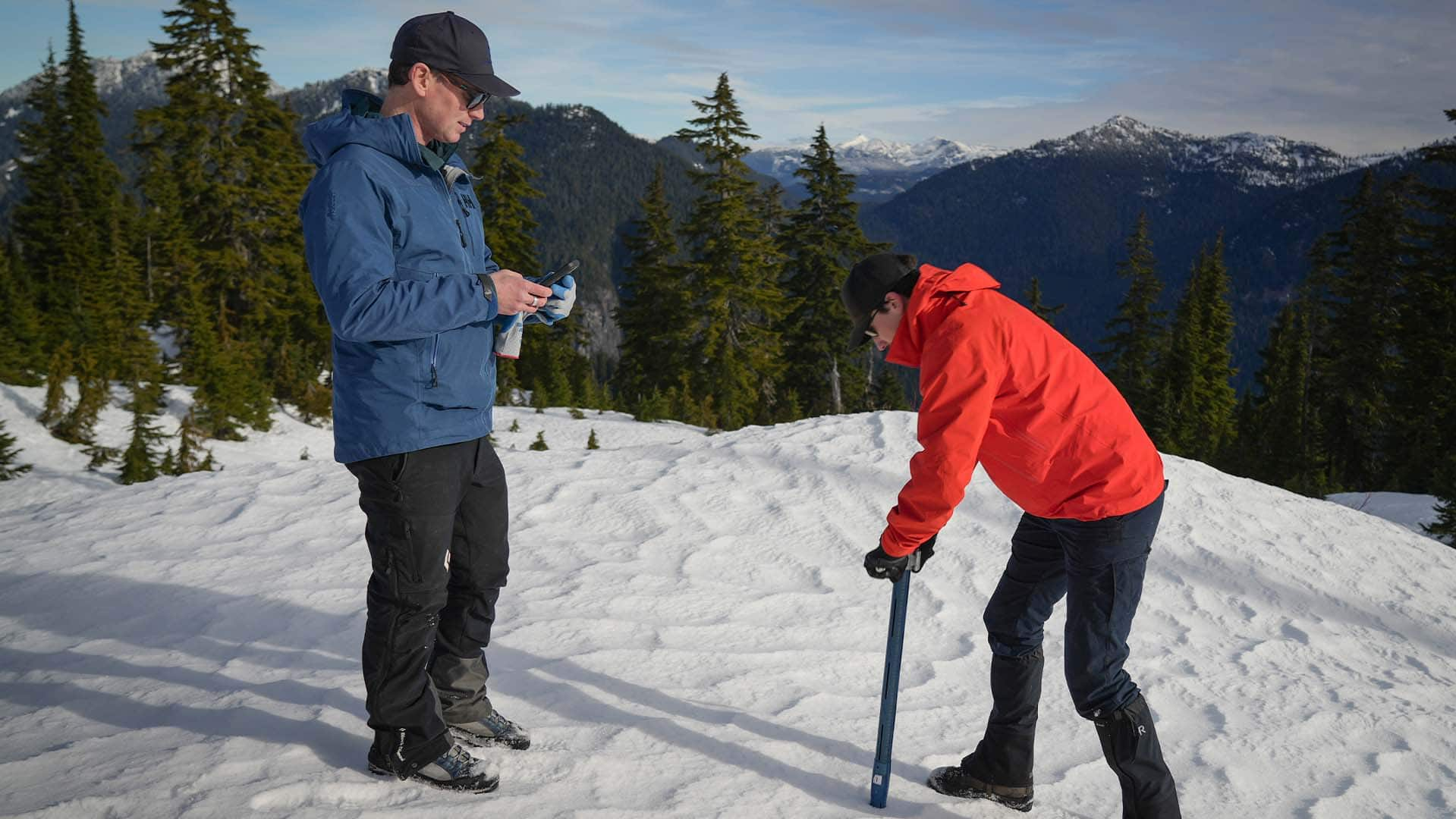A lower than average snowpack nestled in the West Kootenay mountains doesn’t necessarily mean trouble for the region’s power production yet, according to B.C. Hydro.
Last year, amid low water conditions at the Arrow Lakes Generating Station, the station did not generate any power. The generating station requires a minimum operating water level between approximately 425.8 metres (1,397 feet) to 427.3 m. (1,402 ft) in the Arrow Lakes reservoir.
Residents of the reservoir area watched water levels drop last summer, sinking from 438.91 m in July down to 426.72 m by the end of August. Debris and stranded fish, as well as quicksand, have been exposed as the shoreline grew. By the end of November the water level dropped to 420.6 m.
As of mid-March, provincial figures show the West Kootenay snowpack is 28 per cent below normal throughout the region.

This could point to a dip or a halt in power production on the lake.
“The power production associated with the station, however, is quite small relative to the combined generation from Mica and Revelstoke Generation Stations … and does not materially affect B.C. Hydro’s ability to provide reliable energy,” said B.C. Hydro spokesperson Mary Anne Coules.
Darius Mahdavi, CBC News’ climate and science specialist, tells BC Today host Dan Burritt that snowpack levels in B.C. remain low despite the cold January weather — and explains the impact it’s expected to have on drought conditions.
With the snowpack in the West Kootenay region sitting at about a third of its historical level, there are not many concerns yet heading into the spring and summer season, according to Coules, who said Arrow Lakes represented less than one per cent of the utility’s power generation output.
“Right now, it is too early in the season to accurately forecast this summer’s levels for Kinbasket and Arrow Lakes reservoirs,” Coules explained. “In addition, the balance of the annual inflows remains dependent on the amount of rain we will receive across spring and summer.”
The other major waterway contributing to the power equation — the Kootenay River, which feeds the Kootenay Lake — is contained under a water licence held by FortisBC, which was unavailable for comment.
Coree Tull, co-chair of the B.C. Watershed Security Coalition, told CBC News last month that limited precipitation in the province’s mountains means reservoirs are not being replenished.
That could have devastating knock-on effects on rivers across B.C. — and everyone who depends on water for their livelihoods, such as agriculture, and for essentials like firefighting efforts.
“We’re in a multi-year drought … it really raises alarm bells,” she said.
“We start to get really concerned about what the spring, summer and fall will look like this year, given the results that we’re seeing.”
Snow levels across B.C. are well below normal, according to new data. Experts are warning that with less snowpack in the mountains, the province is at risk of severe drought later this year.
A reduced snowpack level poses a threat to the availability of freshwater critical for agriculture, community water systems and ecosystem health.
Tull said in the past year, some farmers have had to cut off irrigation to their crops in some areas, and there has even been shortages of water for battling out-of-control wildfires.
The possibility of a drought does cause a specific set of activities for B.C. Hydro, said Coules.
“We continue to take steps to manage our operations under the current drought and forecasted conditions, including conserving water by drawing on less impacted regions and importing more power — a common activity during low inflow water years,” she said.
History shows approximately 80 per cent of the annual B.C. snowpack accumulates by March 1 and peak snowpack occurs mid-April.
The March 1 date is particularly important, considering it is typically the “penultimate indicator” of the snow accumulation season, with only a month or two of accumulation remaining.
The B.C. government has already pledged over $80 million to help farmers following last year’s drought in the province, and have warned of a dry summer this year.
The Local Journalism Initiative supports the creation of original civic journalism that is relevant to the diverse needs of underserved communities across Canada, broadening availability and consumption of local and regional news on matters of civic governance. Read more about The Local Journalism Initiative here. If you have any questions about the Local Journalism Initiative program, please contact lji@newsmediacanada.ca.
.jpg)




